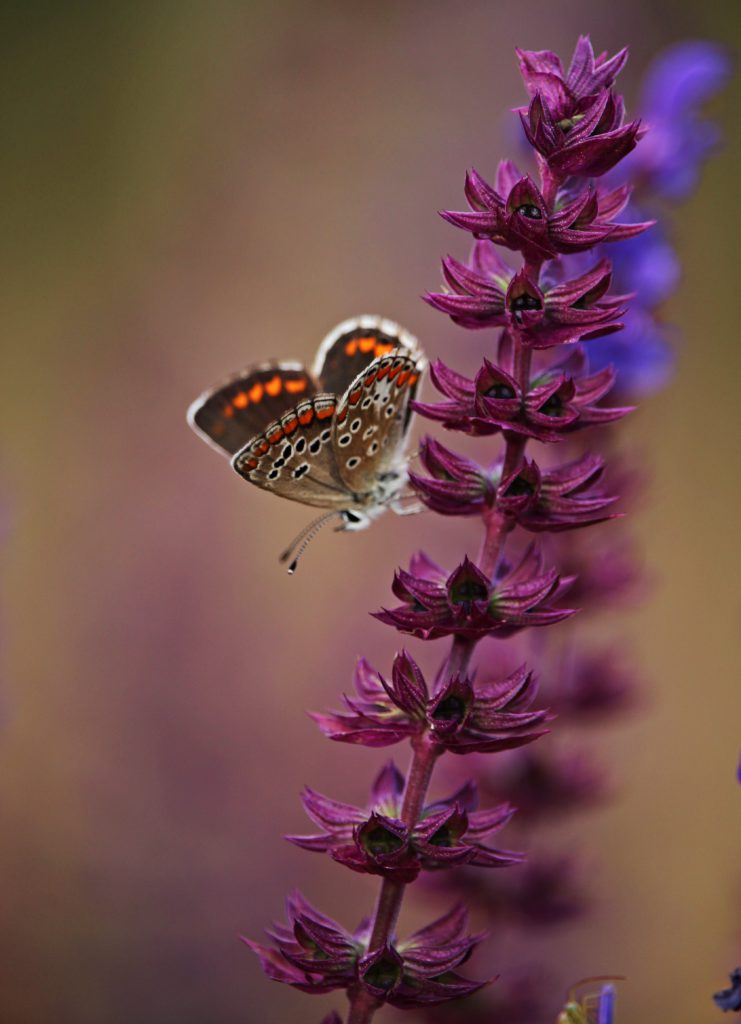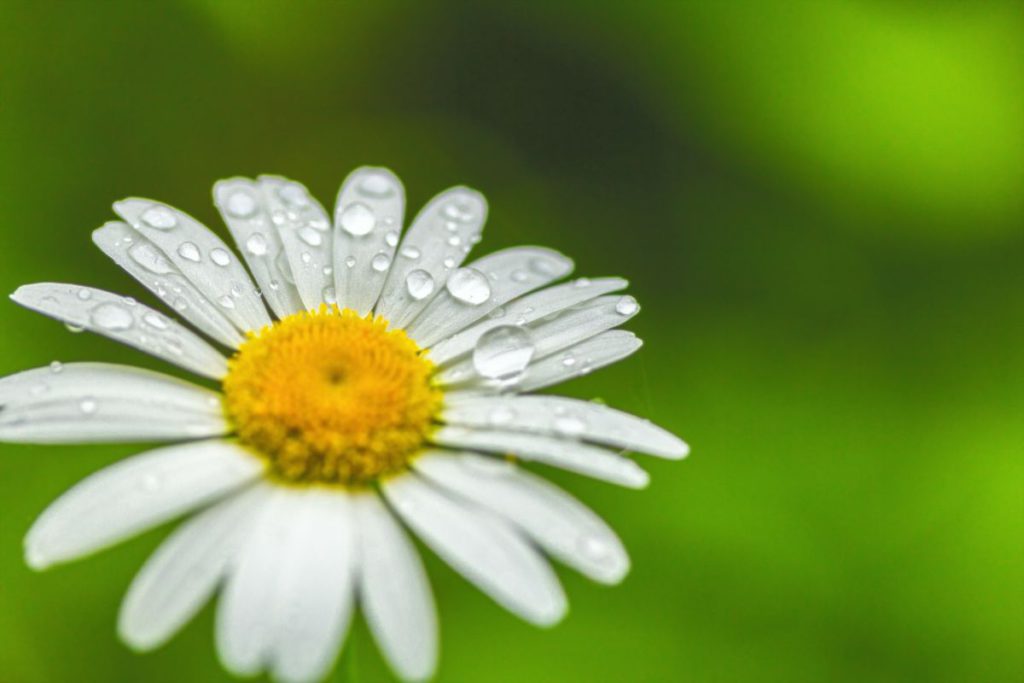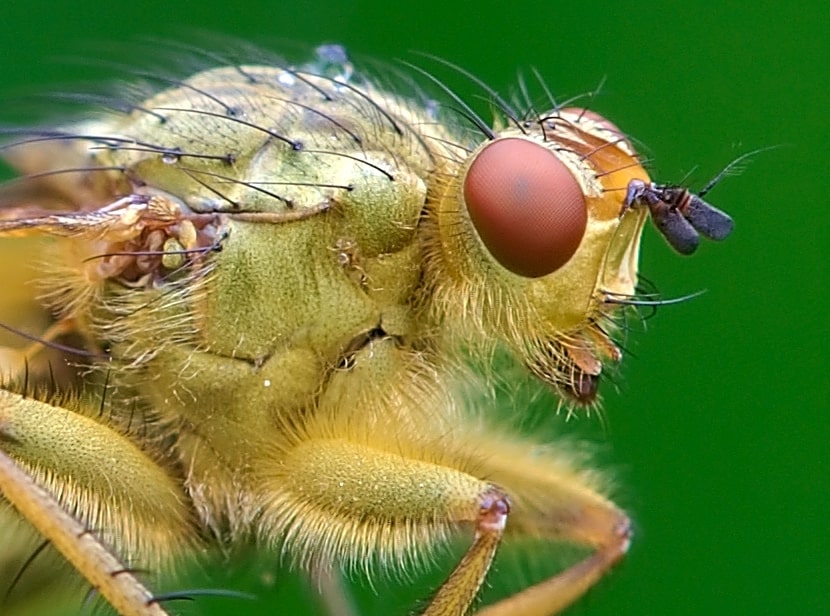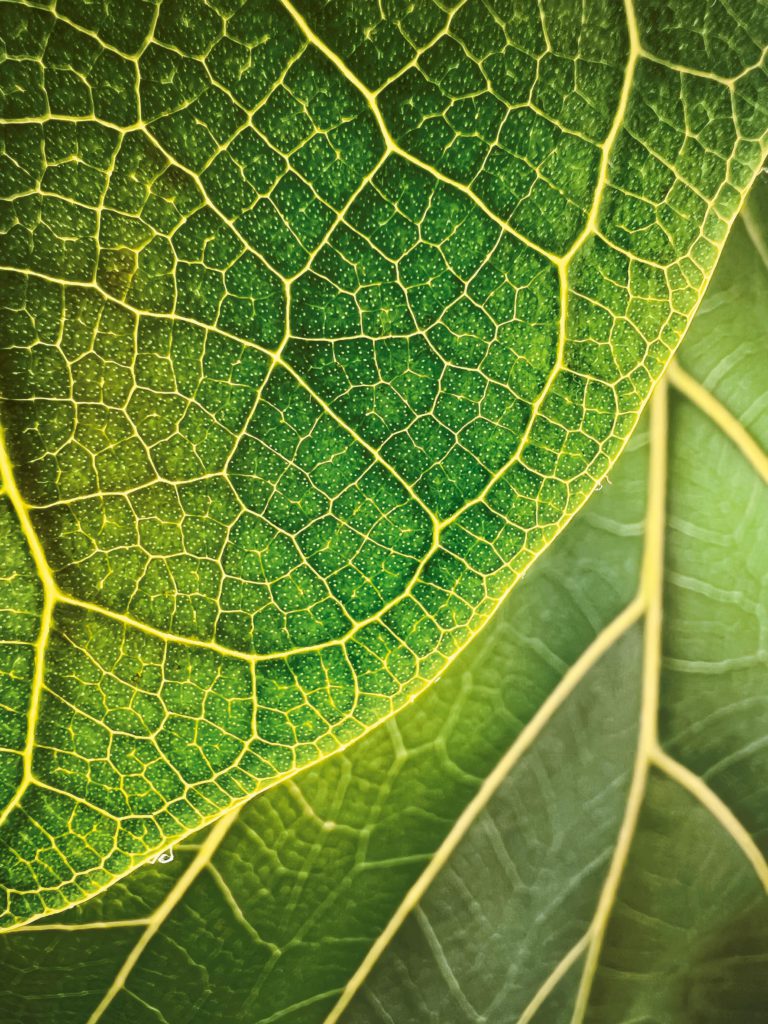Macro photography is a type of photography that involves really close up shots. Capturing textures, and the finer details that the naked eye would overlook.

Welcome to the fascinating world of macro photography! If you’ve ever been captivated by the intricate details of a flower petal, the delicate patterns on an insect’s wing, or the tiny world hiding in plain sight, then macro photography is the perfect avenue for you to explore.
The primary goal of macro photography is to reveal the intricate details of subjects that are typically not visible to the naked eye. In this beginner’s guide, we’ll take a journey into the realm of close-up photography, and share with you how you can get started.
What is macro photography?
Macro photography is a specialised form of close-up photography that focuses on capturing extremely detailed and magnified images of small subjects. This genre of photography allows photographers to explore the beauty and complexity of tiny objects.
The term “macro” in photography refers to the ability of a lens to reproduce a life-sized or larger image of a subject onto the camera’s image sensor. In macro photography, the emphasis is to enable photographers to capture small subjects at a much larger scale.
Getting started – essential gear
Before delving into macro photography, it’s essential to have the right gear. While professional setups can be elaborate, beginners can start with basic equipment. A digital single-lens reflex (DSLR) or a mirrorless camera with manual settings is ideal for macro.
Invest in a dedicated macro lens to achieve sharp and detailed close-ups. If you’re on a budget, extension tubes can be a cost-effective alternative. They can turn a standard lens into a macro lens. Do your research before purchasing any equipment.
Steady as you go – tripods and stability
Macro photography requires precision and stability. Even the slightest movement can result in a blurry image. Invest in a sturdy tripod to keep your camera steady during shots. Look for a tripod with adjustable legs and a central column that allows you to position your camera.
Your camera will need to be at various angles. Additionally, a remote shutter release or using the camera’s self-timer can help eliminate any vibrations caused by pressing the shutter button. The camera must remain perfectly still throughout the capturing stage.
Understanding macro settings
Once you have your gear in place, it’s time to understand the settings that will bring your macro shots to life. Switch your camera to manual mode to have full control over the exposure triangle – aperture, shutter speed, and ISO.
A wide aperture (small f-number) will create a shallow depth of field, isolating your subject from the background. A faster shutter speed is crucial to prevent motion blur, especially when shooting handheld. This is why a tripod is much easier.
Lighting – natural and artificial
Lighting plays a crucial role in macro photography. Natural light can be your best friend, providing soft and diffused illumination. Early morning or late afternoon sunlight is ideal, as it creates a warm and flattering glow. Shooting in natural light is much easier.
However, if you’re shooting indoors or in low-light conditions, consider investing in a ring light, macro flash, or a diffuser to control and enhance the lighting for your tiny subjects. Otherwise, you might miss out on crucial features.
Mastering composition
Macro photography opens up a new world of creative possibilities when it comes to composition. Experiment with different angles, perspectives, and framing techniques to make your macro shots visually compelling. It’s all trial and error.
Get up close and personal with your subject, filling the frame with captivating details. Pay attention to the background, opting for simple and unobtrusive elements that won’t distract from your main subject. Backgrounds shouldn’t be too busy.
Patience is a virtue – waiting for the perfect shot
Macro photography requires a healthy dose of patience. Tiny subjects, such as insects or flowers, may not always cooperate, and capturing the perfect moment may take time. Be prepared to wait for the right conditions.
Ensure you invest time in observing your subjects’ behaviour. The more patient and observant you are, the more likely you are to capture unique and enchanting moments in the miniature world. Be prepared to wait for hours, it won’t happen straight away.
Post-processing – enhancing your macro masterpieces
Once you’ve captured your macro shots, the journey doesn’t end there. Post-processing allows you to fine-tune and enhance your images. Use photo editing software to adjust contrast, saturation, and sharpness. Pay attention to details.
Macro photography often reveals intricacies that might go unnoticed in larger-scale photography. Zoom into your images and look closely. Consider the tiny details, and ensure they’re enhanced in a way that will make them pop.
Embarking on the journey of macro photography is a thrilling adventure into the unseen world that exists just beyond our everyday perception. With the right gear, techniques, and a dash of patience, you’ll be able to capture the enchanting beauty of the miniature things in life.






